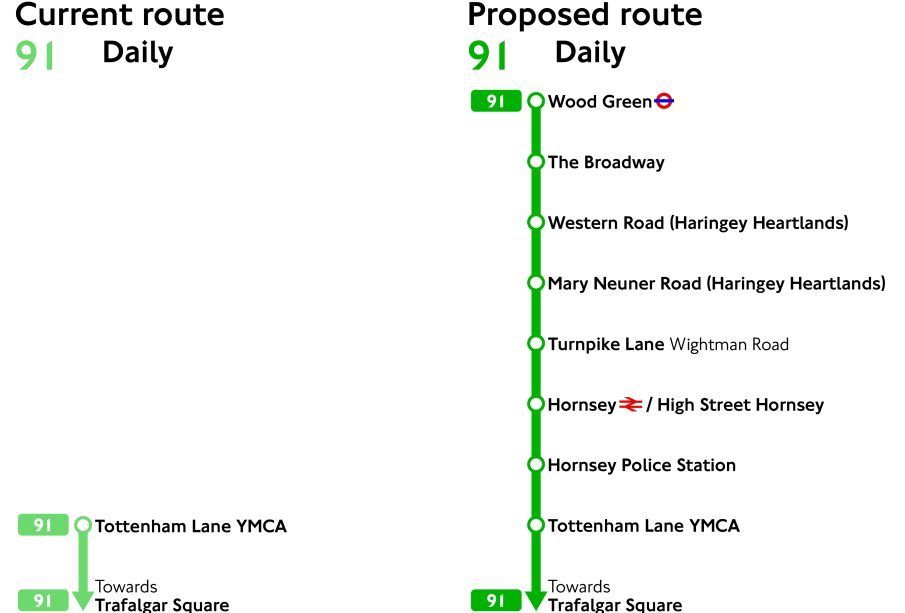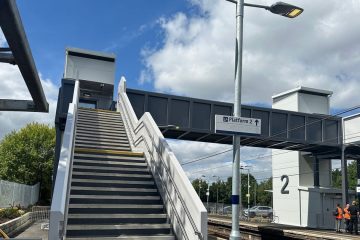Understanding TFL: Transport for London and Its Impact

Introduction
Transport for London (TFL) is a key component of the UK’s transportation landscape, managing a vast network of public transport in the capital city. As London continues to evolve, TFL’s role has become increasingly prominent, especially in the context of sustainability and urban mobility. Understanding TFL’s initiatives offers valuable insights into the future of public transport and urban planning.
Current Initiatives and Developments
Recently, TFL has amplified its commitment to improving transportation services while addressing climate change. One significant plan is the introduction of a fleet of electric buses, aimed at reducing carbon emissions and promoting cleaner air in the city. Reports indicate that TFL has already deployed over 400 electric buses, with the goal to switch the entire fleet to zero-emission vehicles by 2030.
TFL has also launched the ‘London Streets Ahead’ programme, which focuses on enhancing pedestrian facilities and introducing more cycle lanes to encourage environmentally friendly travel options. The pandemic has somewhat reshaped commuting patterns, which TFL acknowledges by expanding flexible ticketing options and services catering to the needs of hybrid workers.
Challenges Faced by TFL
Despite these advancements, TFL faces several challenges. Reduced fare revenue during the COVID-19 pandemic has led to financial difficulties, prompting talks of government financial support. Additionally, TFL must navigate the complexities of managing transport demands from an increasingly remote-working population while ensuring safety and maintaining efficient service across London.
Conclusion
In conclusion, TFL plays a crucial role in promoting sustainable transport solutions in London. As it adapts to changing commuter needs and environmental expectations, TFL’s initiatives are vital for maintaining the functionality and accessibility of London’s transport network. Moving forward, the continued investment in cleaner technologies and supportive infrastructure will be essential for addressing both the immediate transportation challenges and long-term urban mobility goals.









